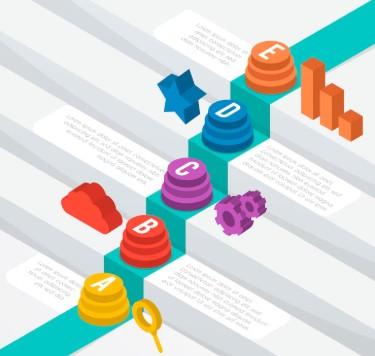






Think your blog schedule and social posts are “working” just because you hit publish? Hold that thought. A quick audit of your content marketing plan often uncovers duplicate topics, low-value formats, and moneydraining gaps you can fix fast. In this 10-minute read you’ll learn how to spot weak spots, re-allocate budget, and decide whether off-the-shelf content marketing packages or a custom roadmap is your next best move—before another dollar disappears into the content void.

A content audit is a systematic review of every asset—blog, video, case study, landing page—to see what ranks, what converts, and what wastes time. Treat it like a financial audit for ideas: you’re balancing creative “expenses” against organic-traffic and lead-generation “income.” A strong audit benchmarks performance against KPIs in your content marketing plan, reveals audience blind spots, and provides data to negotiate better content marketing packages (or justify upgrading your internal resources).





Log every URL, format, and publish date in a spreadsheet. Note target persona, funnel stage, and primary keyword. This birds-eye view highlights overlap—like three blogs vying for the same SERP. Organizing first speeds every other step and prevents “content sprawl” that silently drags down your site authority.


Run pages through GA4 and a crawler (Screaming Frog or Ahrefs). Flag thin content, broken links, and cannibalized keywords. Pages with impressions but low clicks are quick wins: refresh titles and meta descriptions to reclaim traffic without writing a single new word.


Check time-on-page, scroll depth, and CTA click-through rates. Map each metric to funnel stage. Top-of-funnel pieces need scroll depth; bottom-offunnel pieces must trigger demos or checkouts. Low engagement signals a mismatch between topic and audience intent—revise or retire.



Interview sales or customer-success teams to learn recurring objections. Compare against existing articles. If high-ticket leads always ask ROI questions but you have zero ROI case studies, that’s a glaring hole your content marketing plan must fill next quarter.



Trace a user’s path from first visit to form fill. Are CTAs relevant? Is the offer compelling? A/B test new hooks, swap generic “Contact Us” banners for tailored assets (e.g., “Download the 2025 Budget Builder”). Small tweaks here often boost conversions 10–30 percent.


Auditing isn’t glamorous, but it’s the fastest route to a leaner, higherconverting library. By following this seven-step checklist you’ll rescue under-performing assets, kill duplicates, and set up a future-proof content marketing plan that earns every dollar back—often within a single quarter. Remember: great content isn’t about publishing more; it’s about publishing with purpose. Do the audit, act on the data, and watch your metrics (and budget approvals) climb.


